Counties with a high percentage of slaves tend to grow cash crops such as cotton, corn, tobacco, and, to a lesser extent, sugar. These farms tended to be on the banks of the Mississippi.
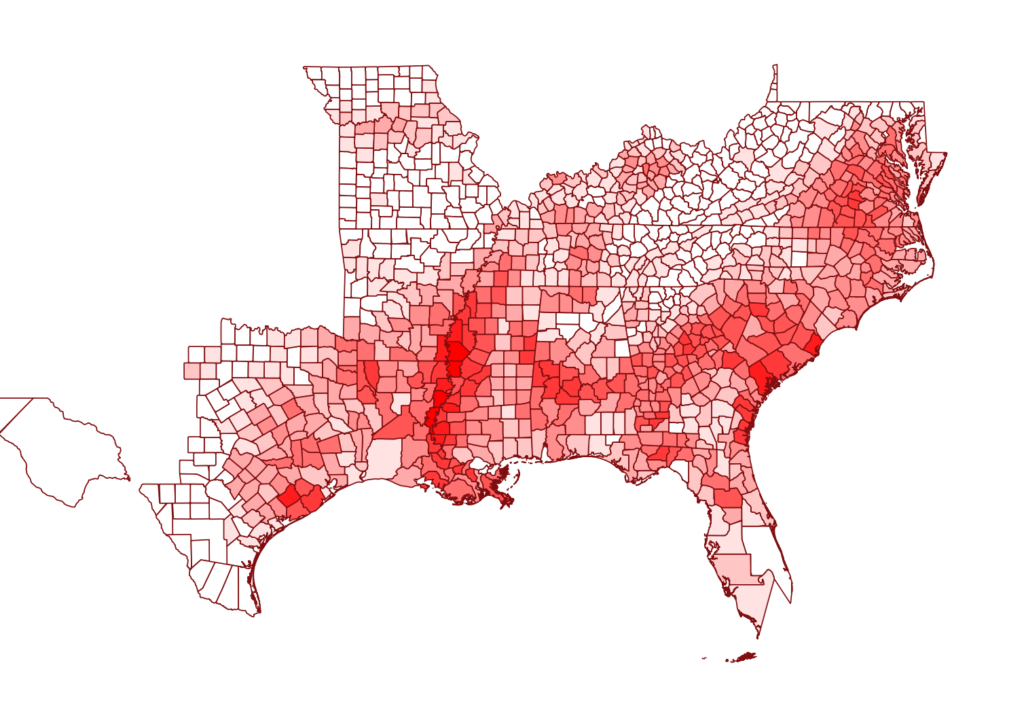
We can see that many slaves were distributed among the crop growing regions of the south, particularly along the Mississippi, and from South Carolina to Louisiana. As we go north and west, there are fewer and fewer slaves compared to settlers.
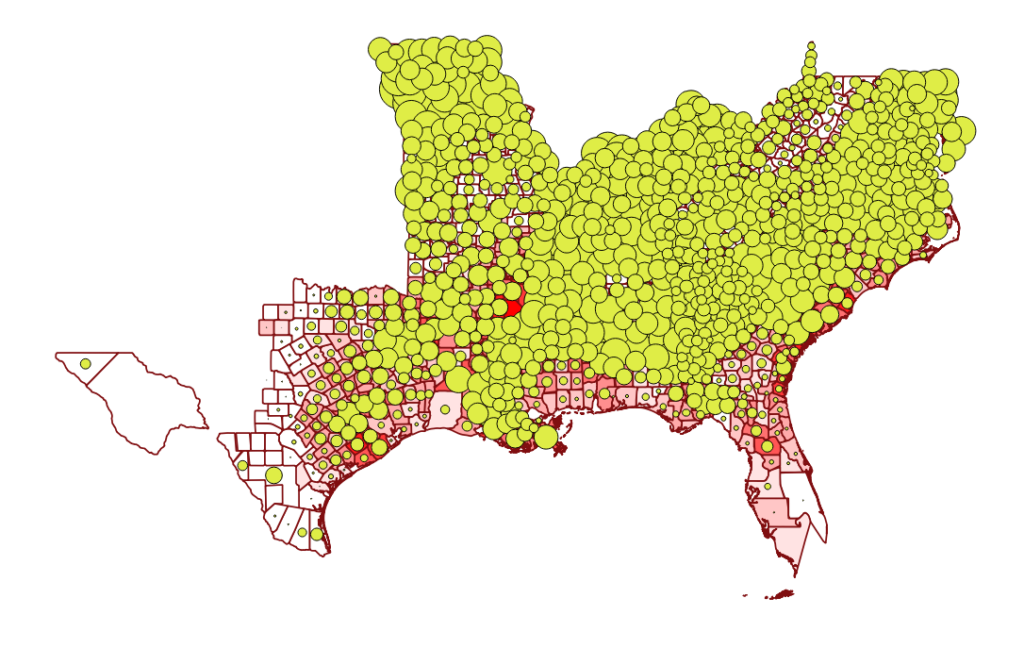
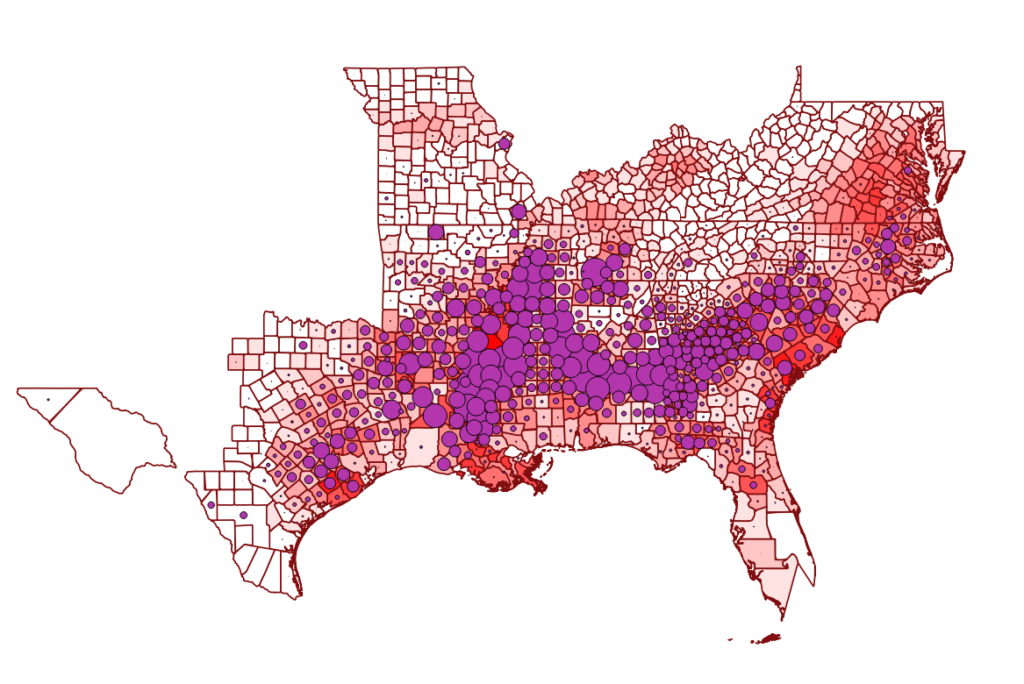
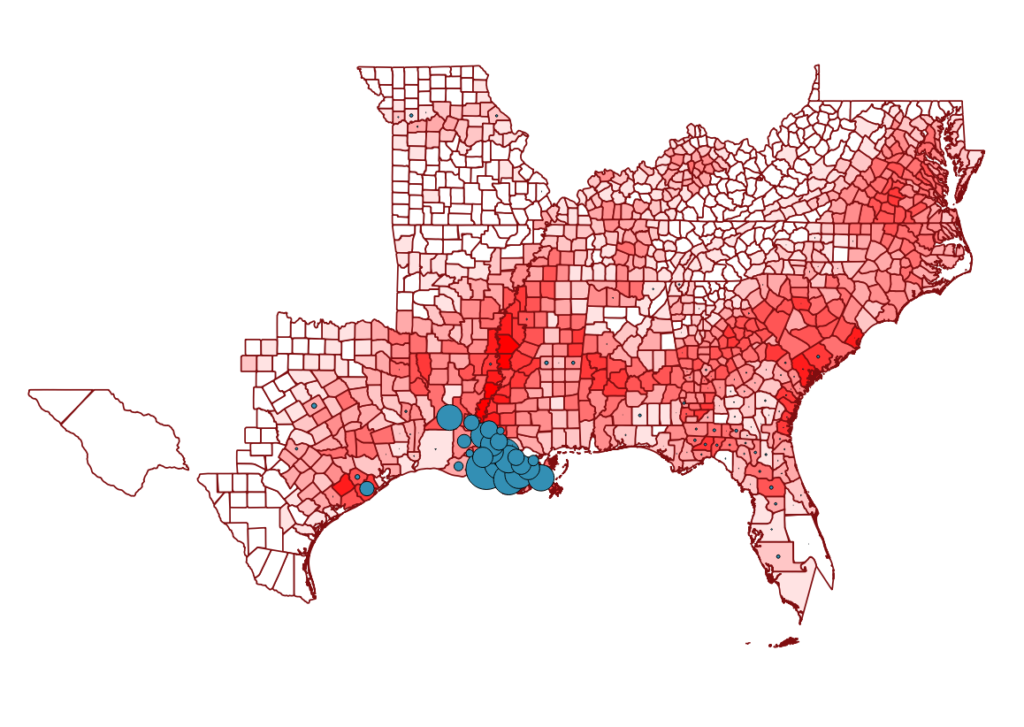
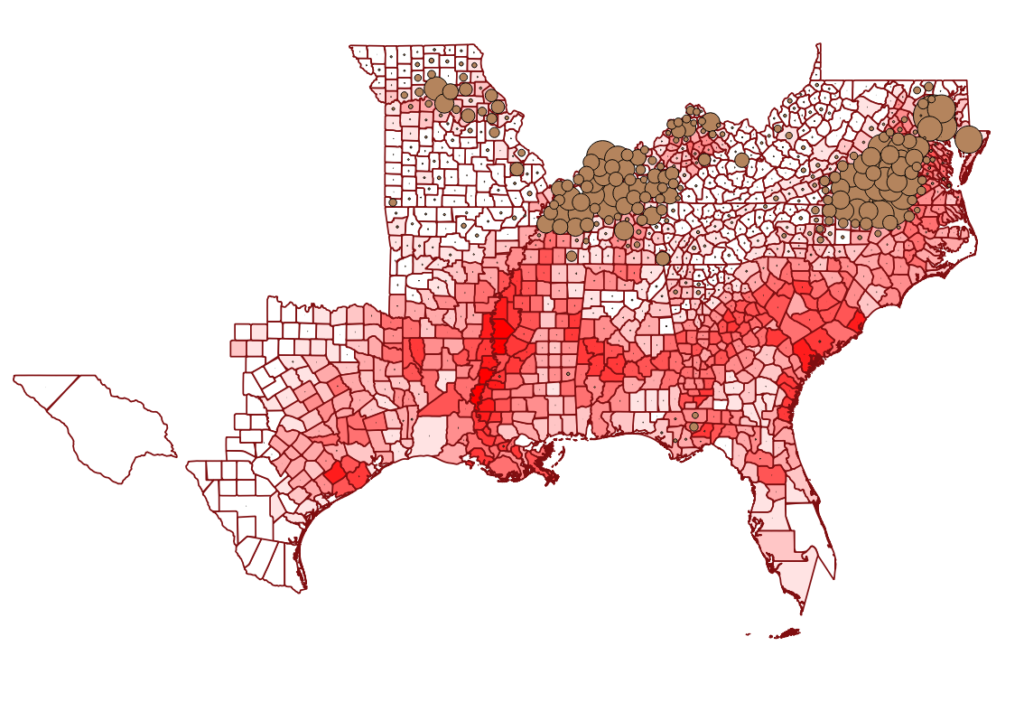
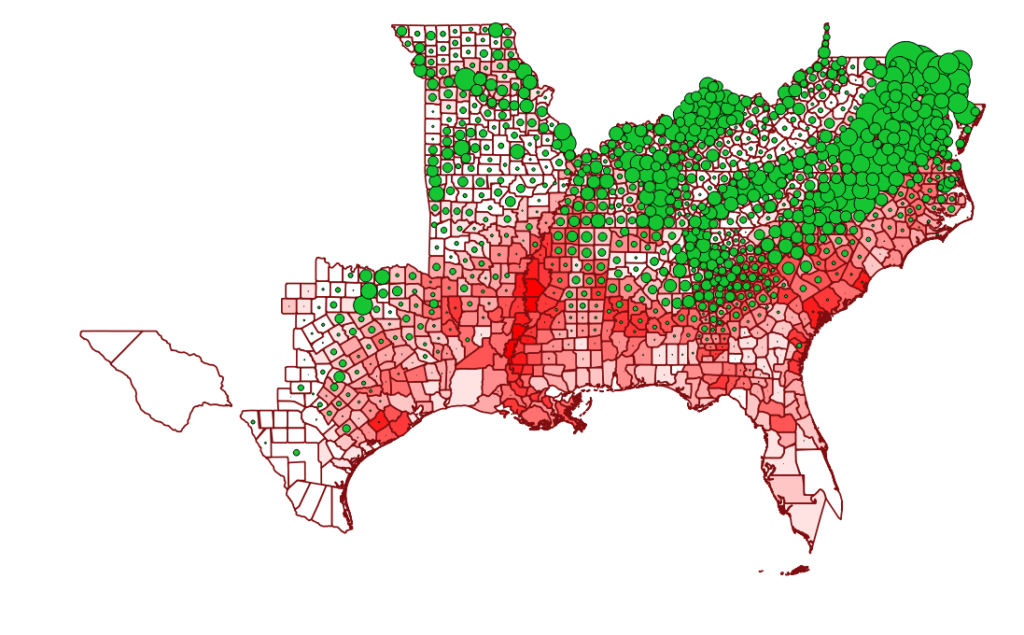
As we can see, the lions share of crops were cotton, corn, and wheat, both being highly industrialized commodities for textiles and livestock feed respectively. They are also both highly labor-intensive. Sugar and tobacco as luxury items were not as prevalent in the south, with a smaller production base than the others. Cotton, Tobacco, and sugar were primarily grown in slave owning counties. Corn was grown practically everywhere while wheat was grown in the northeast
Cotton and corn would have been the most important crops to the confederacy, making up a bulk of the agriculture of the south, luxury goods and wheat would be secondary. In any case, we can argue that economics were a major factor in the succession if we were given data on the economy of the south. It is clear that without slave labor, many of these agricultural enterprises may not have opened up in the south.


Something in these maps is off, and I think I know what. Come see me.
Much better!